
Learning Creative Arts
Are you interested in learning the creative arts? Whether you want to develop a career in the arts or find a creative hobby to excel in, the creative arts are something that anyone can get pleasure from.
Learning creative arts opens up new opportunities in creative industries such as advertising and design. The arts also provide ways to expand your social circle through groups and clubs while learning new skills.
What are the creative arts?
The different creative arts can be classified together under the umbrella of creative arts and design.
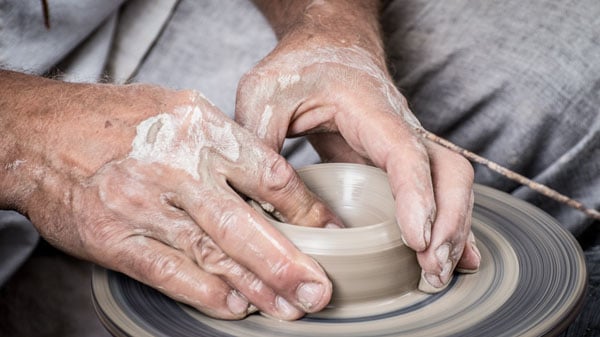
They include videography, performing arts, visual arts, firm, photography, interior design, multimedia design, fashion design, and many more.
In the not so distant past, such courses were deemed to be frivolous or “fluffy” and were not deemed to be so high esteemed as STEM courses.
However, in today’s world, an equal has finally been found and the Arts are now seen as a component of education that is just as vital as STEM courses, the Arts offering many benefits to individuals and students.
When a student pursues subjects in the Arts, they are able to follow their creativity and hone their skills.
Employers seek individuals who are creative today, as creativity leads to innovative thinking; employers look for people who are able to come up with new solutions and think “out of the box”
Visual arts, contemporary immersive lighting, and music composition have all found significance across various industries including art galleries and communities.
Companies have started to recognise the important of the visual importance of their branding, packaging, product designs, advertising, and marketing.
Why Study Creative Arts?
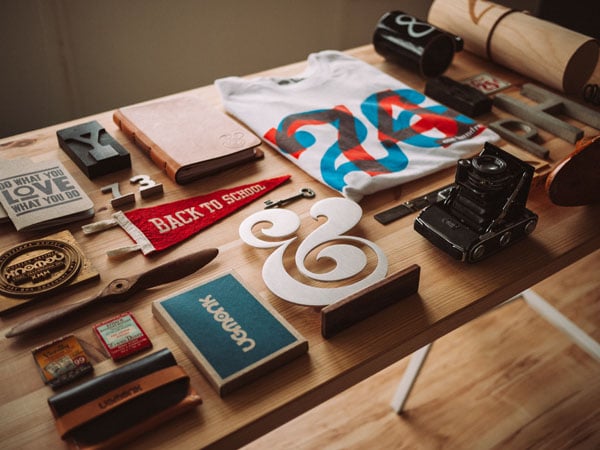
Transferrable Skills
Subjects under the creative arts umbrella have plenty of components that include practical learning, ensuring that the student develops the ability to solve problems.
Creative arts also teach new ways to communicate with other, think in a critical manner, work within a team, and plenty more skills that are important for the future.
Work With New Technology
The field of Design and Creative Arts is starting to reap the benefits of the rise of the newest technologies such as 3D printing, Artificial Intelligence, and robotics.
There are also a number of programmes that allow students to specialise in niche fields, programmes where they can work with the latest technology to develop apps, websites, video games, and digital products.
Diverse Range of Subjects
With such a diverse range of subjects, the students stays engages and is more open-minded, the student soaking up a lot more information than if he were study a traditional and “narrow” degree.
It is even possible that you may discover a new interest or passion whilst studying for your degree, this allowing you to explore even more new subjects.
Job Opportunities
For those that have a degree in Creative Arts and Design, there exists a multitude of job prospects.
Depending on how you specialized in your course, you may choose to work in digital advertising, the video game industry, graphic design, production design, or interior and spatial design.
Depending on your individual goals, you will have the option to launch your own start-up business, or work for an agency or as a freelancer as an interior designer, photographer, or videographer.
What Are the 7 Arts?
The traditional subdivision of the “Arts” is Architecture, Sculpture, Music, Painting, Dance, Poetry, and Performing.
The 7 liberal Arts are Logic, grammar, arithmetic, rhetoric, music, geometry, and astronomy.
When we think of learning creative arts, we usually consider the following skills:
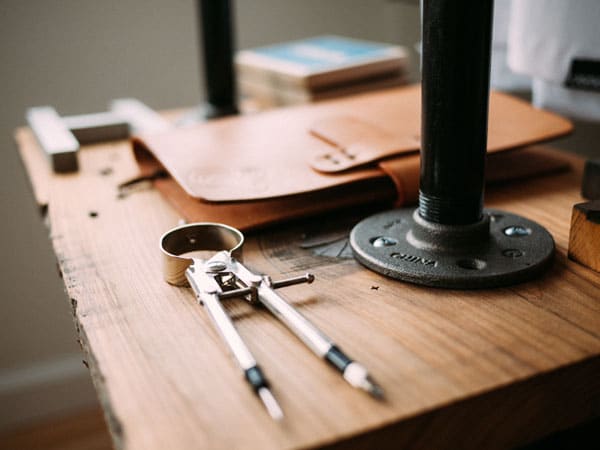
Learning Architecture
Do you have an interest for learning architecture but have already studied something else? Don’t think that this is the end of your dreams.
Great architects like Le Corbusier, Frank Lloyd Wright, and Mies van der Rohe all paved their way in the field without a proper academic background and education.
Times have changed however, and nowadays you can’t practice architecture without a license. The most common way, but by no means the only way to obtain this license, is to study for a 5 year Bachelor programme.
An easy way to seal up the gaps in your knowledge is by learning online!
Learning Sculpture
Sculpture is the art of three dimension sculpting, a branch of fine arts that includes coasting, moulding, welding, and carving from different mediums such as metal ,stone, wood, or clay.
The art of sculpting has been around for many thousands of years, the pieces created in 230,000 BC being just as relevant as those formed using digital sculpting today.

Learning Painting
If you have decided that you would like to learn to pain, you will almost certainly be met with the myth that it takes talent.
Do not believe this myth. What you need to learn to paint is the desire to learn and enthusiasm, nothing more. You can even learn how to paint when you are unable to draw realistically.
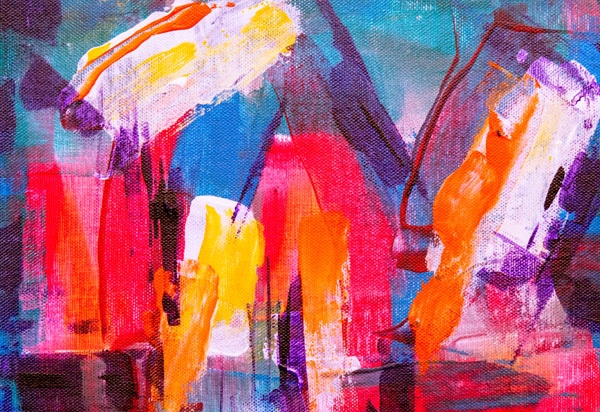
Learning Literature
In literature, the student reads and responds to a variety of different literary texts that include drama, poetry, and prose.
The texts can vary from the most modern works such as John Boyne’s The Boy in Striped Pyjamas, to the classics such as Shakespeare.
The greatest value of learning Literature is that it helps promote empathy as the students develops a greater understanding of the human condition.

Learning Music
Learning music is a great hobby that stimulates the mind as well as being relaxing and fun.
Music is actually easier to learn than you might think, for both music theory and the learning of a musical instrument.
Firstly you must master the basics, and once you have done this, all you need to do is practice a bit every day. With practice you will eventually get a great handle of your music theory or instrument!
Learning Performing Arts
Learning Performing Arts will ensure that you expand your skills in dance, drama, and the production process, from performance to technical theatre.
Performing arts are about exploring alternative option, self-expression, and embracing individuality. It’s not about having the wrong or right answers, and it’s not black and white; it allows the student to develop believe in themselves and self-confidence.
Once a student has improved self-belief and self-confidence, it allows them to go on and master many more skills that will provide them with a natural pathway where they will be well-equipped for life.
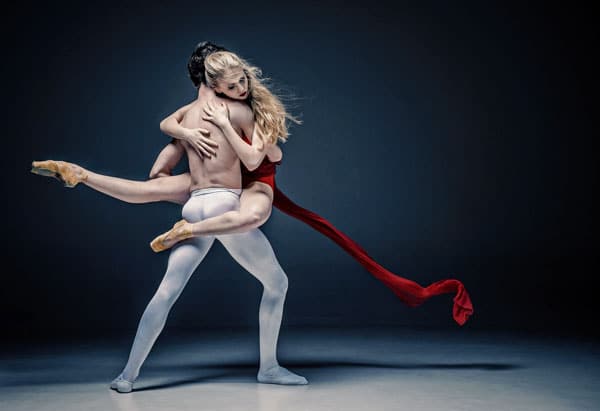
Learning Filmmaking
Now is the best time to learning the craft of filmmaking. You can learn a great deal about film from podcasts, books, and interviews.
Now, technology is more convenient, accessible, and affordable than ever before. It’s quite likely that you can shoot and edit a film on the very device that you are using to read this article.
The practical part of filmmaking is important, but it is really only half of the equation. The best filmmakers use the language of cinema in order to get across their messages.
What are the Benefits of Creative Arts in Children?
All areas of child development are helped by creative arts activities. The overall development of the child’s mind can be improved with creative arts activities.

Learning creative arts is something that child care providers should have in mind. Here are a few ways that you can support young children’s development with arts activities.
Physical Development
Art activities that are provided by care provider support small and large muscle development in children as well as improving their eye-hand coordination.
Fine motor skills are practiced when the child uses a paintbrush, markers, or crayons.
Social Development
Children will learn to share when they work together in the art area. They will learn how to clean up responsibly, put away materials, and interact with each other.
These are all positive changes for social learning that are important.
Cognitive Development
Young children will learn the names of shapes and colours through creative art activities.
They will learn how to get a secondary colour by mixing two primary colours.
Sending an older child outside to look at a tree, examine its bark, and study the colour and shape of the leaves and then asking them to paint or draw a tree will ensure development in the observational skill set needed for science.
Emotional Development
Children can represent experiences that they are unable to verbalize through learning creative arts.
They may draw pictures that are out of proportion, exaggerating the size of the things that are most important to them.
When we are able to value the creativity of children, we are helping to raise their self-esteem and their value as people.
Imagination and Experimentation
The active imagination of the child can take from through creative art. Let’s take the example that Jean wonders what would happen if he were to use 3 paintbrushes simultaneously.
He asks the teacher to him tie 3 paintbrushes together with an elastic band. He is therefore inventing a new way to pain through active experimentation.
Although there is nothing really special about Jean using 3 paintbrushes at once, he is learning skills that could help him in the future to invent something that is earthshaking, like a cure for cancer or a solar-powered car.
What are Benefits of Creative Arts in Adults?
Each time that you participate in an activity that is complex such as creative art-making activities, different parts of your brain communicate with each other, creating new connection.
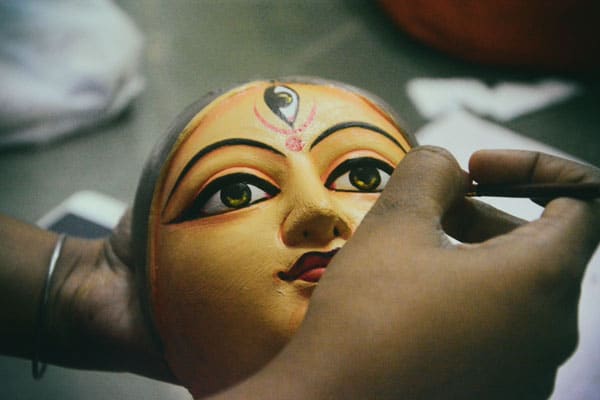
Researchers have found that the development of new neural pathways leads to:
- Improved problem solving abilities and cognitive function
- Emotional well-being and stress relief
- The development of self-awareness and personal expression
- The capacity to recall information, psychological resilience, and memory processing
The benefits for those people who create art as opposed to simply appreciating it are significantly higher. The message that you should take home with you is: creating art provided a positive impact on your brain.
What are Creative Skills?
The ability to consider something in a new way is known as creative thinking.

It could be a new approach to an existing problem, conflict resolution between employees, or a new result found from a set of data. All employers are looking for employees who can bring new perspective to the workplace and who can think creativity.
This article will look at the types of creative thinking, what creative thinking is, and how it is beneficial in the workplace.
We are able to define creativity skills in such as way that all educators in all sectors can identify, discuss with learners, and value:
- Open-mindedness
- Curiosity
- Problem solving
- Imagination
When someone thinks creatively, the think outside the box; creative thinking often involves lateral thinking, this being the ability to perceive patterns that are not obvious to everyone.
Creative thinking can mean solving problems, meeting challenges, and devising new ways to carry out tasks. It means brining a new perspective to your work that is fresh and sometimes unorthodox. This way of thinking helps organizations and departments to become more productive.
What are the Jobs in Arts?
The Creative Arts are a sector in the UK that is pivotal to the economy and that is fast-growing. Creative arts and Designs careers include film, graphic design, fashion, and advertising.

In 2017 alone, according to the Creative Industries Federation, the UK’s Creative Arts industries contributed in excess of 1010 billion pounds to the economy. Since 2010, this is an increase of more than 50%, the sector now making up 5.5% of the entire economy.
More important still, there are currently more than 2 million people working in creative arts industries, this number constantly growing with an increase of nearly a third being seen since 2011.
These figures indicate that there are lots of opportunities for graduates in this very vibrant sector.
It should also be noted, that whilst the sector is in good health, its recent growth has been driven by the computer services boom. This highlights the importance of digital creative industries like computer and video games.
If you choose to work within this sector, you will have the opportunity to pursue practical roles, such as an interior designer, artist, actor, or managerial or administrative jobs like a museum curator or an arts administrator.
There is an overlap that is currently increasing with the information technology and media sectors in relation to the usage of digital technology to deliver and produce creative content. This is particularly noticeable in roles such as game design, animation, and web design.
What Hobbies Can I Learn in the Arts?
Craft hobbies are great for your mental health, and all hobbies are generally good for you.
When you have a craft hobby it will provide a welcome distraction from your everyday routine, this being combined with the satisfaction you will get when you complete a project that releases endorphins as well as reducing stress.
A lot of craft hobbies require a lot of concentration, this meaning that a lot of crafters reports that they feel that they enter an almost meditative state. This, once again, helps with anxiety and stress, leading to a feeling of mindfulness and contentment.
But it shouldn’t just be about you. Creative hobbies also have a power to bring people together, from joining a craft group to making gifts for loved ones- many friendships stem from the shared love of crafts.
Learning a new skill can be a challenge, but remember, everyone has to start from the same place!
With the majority of creative crafts and hobbies, it’s best to master the basics first, starting small. If you throw yourself into the deep end, you will likely end up getting frustrated, this have the adverse effect of what you are looking for; crafts when done correctly have a calming benefit.
There is no one single way to learn a new hobby or craft. Everyone is different. Many people learn from online tutorials and videos, but many people also prefer to attend group classes.
There are many benefits to learning creative arts. Whether you wish to develop personal skills or pursue a new career in the arts, there are many options available.
Find out more about life skills that we can all benefit from learning.


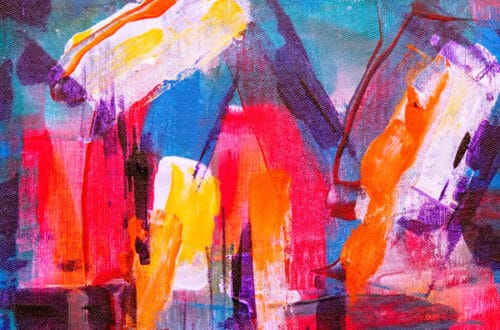
One Comment
Pingback: